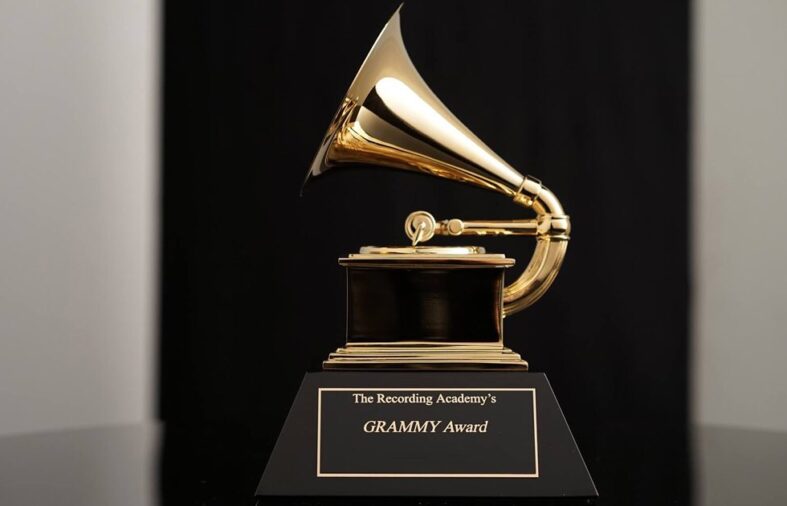The Recording Academy has confirmed that the 67th annual Grammy Awards, taking place on February 2, 2025, will retain the same 94 categories as the previous year.
After fluctuating in recent years, with an increase from 84 categories in 2021 to 94 in 2024, the number of categories will remain unchanged for the upcoming awards.
Historical context
The Grammy Awards have undergone significant changes since their inception in 1959, when there were only 28 categories. By 1975, this number had grown to 47, and it continued to expand, reaching a peak of 110 categories in 2008 and 2009.
Recently, the Recording Academy’s board of trustees convened in Laguna Niguel, California, from May 22-24, and approved several amendments, effective immediately.
The awards and nominations committee, comprised of voting members, reviews and suggests updates to the categories, procedures, and eligibility rules annually, which are then ratified by the trustees.
Important dates
First-round voting: October 4-15, 2024
Nominations announcement: November 8,
2024
Final-round voting: December 12, 2024, to
January 3, 2025
The awards ceremony will be hosted at the Crypto.com Arena in Los Angeles and broadcast live on CBS, with streaming available on Paramount.
Summary of rule changes
Recognition for Featured Artists: Featured artists with less than 50% playtime on genre albums will now receive winners’ certificates.
Submission Fees: The cost for media companies to enter recordings has increased from $120 to $180.
Category-specific updates:
Songwriter of the Year, Non-Classical: The category now includes songwriters who perform or produce. The minimum number of songs required for submission is reduced from five to four, and songwriters can now submit up to five songs where they are also credited as primary or featured artists.
Best Dance/Electronic Music Album: This category has been renamed to best dance/electronic album and now requires at least 50% of the album to be dance/electronic music.
Best Remixed Recording: This category has been moved to the pop & dance/electronic field.
Best Pop Dance Recording: Renamed to best dance pop recording.
Best Traditional Pop Vocal Album: The scope of this category has been expanded to include theatrical-style compositions and musical theatre songs that are not part of a unified narrative. Albums must contain over 75% newly recorded performances.
Best Traditional R&B Performance: The criteria now emphasise recordings that exhibit classic R&B/soul elements, distinguishing them from contemporary styles.
Best Children’s Music Album: Entries must now include lyrics and English translations, with the target audience defined as infants to 12-year-olds.
Best Score Soundtrack for Video Games and Other Interactive Media: Now requires that more than 50% of the music comes from new episodes or programming released during the eligibility year.
Conjunto Music: This genre is now included in the best regional roots music album category, rather than the best música Mexicana album category.









